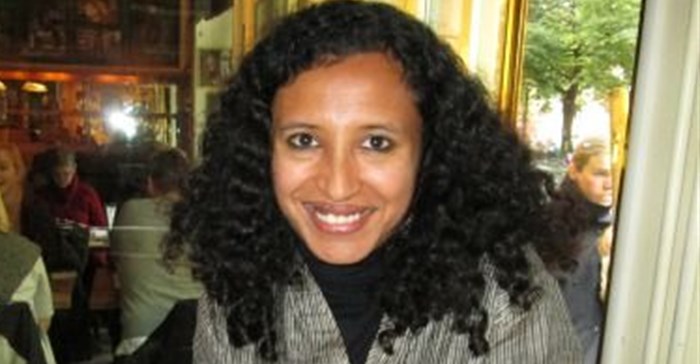






Human reproduction no longer relies solely on natural conception. The scientific advances that make this possible combined with ad hoc national legislation and the desires of couples struggling to conceive has created an international trade in fertility.
“You might think that new fertility technologies would remove the burden of reproductive labour from women, or at the very least, challenge societal norms. But in fact, my recent research shows that the global fertility industry reaffirms pre-existing inequalities,” says Associate Professor Amrita Pande, sociologist and feminist ethnographer, University of Cape Town (UCT).
To illustrate how these processes might occur, Pande describes a common scenario. “These days, when you want to make a baby using assistive fertility technologies you can – if you are a very rich, heterosexual couple – do this in a place like California, where commercial surrogacy is legal. But, if you are a single father, a gay or lesbian couple, or if you want a ‘designer baby’ of a specific race, it gets complicated.
“In these cases, you can travel to an egg bank in New Delhi to be matched with an egg donor who comes from Ukraine, South Africa or another country. Your sperm will be used to fertilise this egg.
“The embryo will be flown to Laos where it will be inserted into a woman from Mexico, Cambodia or Thailand. The woman will live in a dormitory next to the fertility clinic for the duration of the pregnancy. When she gives birth, you will take the child and return to your home country.”
Pande is careful to describe these women as active participants in this process but admits that they are also vulnerable to exploitation. On a national scale, she likens the industry to other factory industries that move from one country to another as the legislation to regulate the industry is passed in each successive place.
There is also the question of how race and reproduction intersect.
“In my second book, I look at the reaffirmation of the desirability of whiteness and the reasons that people seek out egg providers of a specific race,” says Pande. In many cases this happens when a woman who is part of a couple feels insecure that she is not providing her own genetic material and therefore wants as close a match as possible physically. The other instance in which prospective parents request an egg provider of a specific race is when they are intent on ‘racial improvement’.
“This is a phenomenon seen often among Chinese and Israeli clients. The prospective parents are looking for white mixed-race babies, for a variety of reasons, and the clinics are ready to provide them this strategic choice,” explains Pande.
This research is part of a large initiative funded by the South African National Research Foundation, titled Global fertility flows, based in the UCT Department of Sociology.